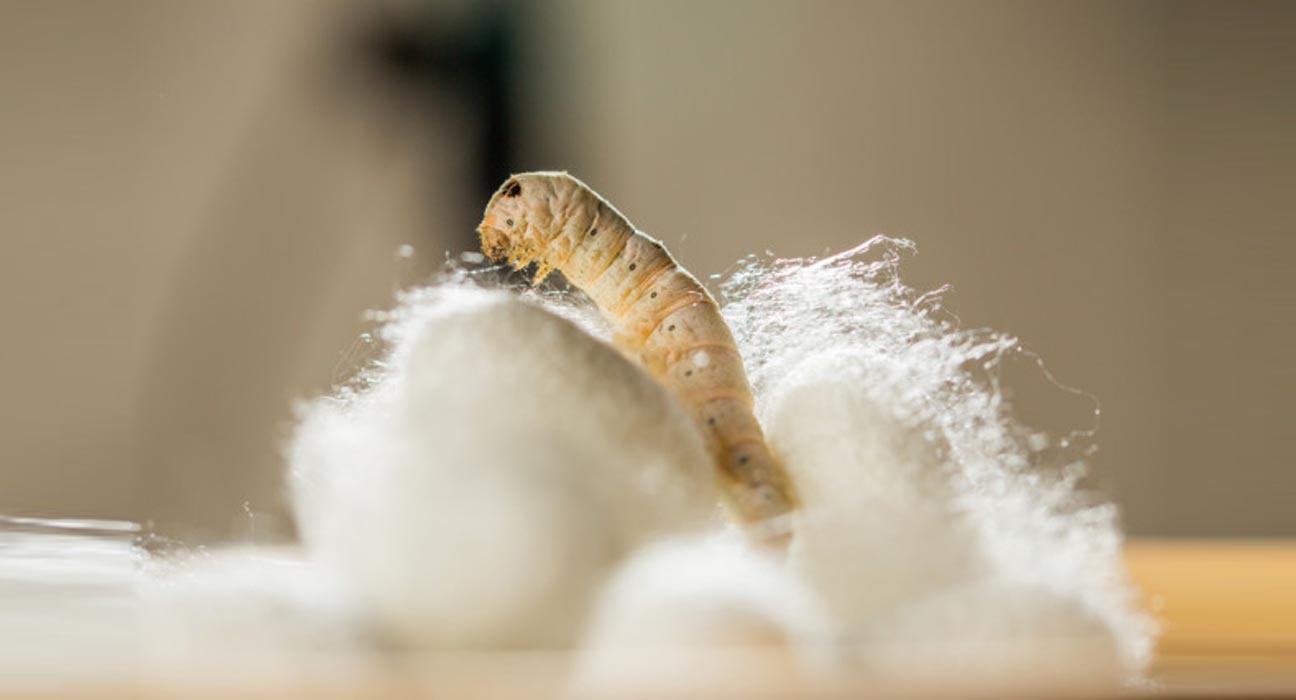Silk is known as the Queen of all textile fibers because of its luster. It is one of the most beautiful and precious fibers. But do you know; how silk was discovered?
Discovery Of Silk Fibre
As narrates Confucius, Lei Zu; who was the wife of the Yellow Emperor Huangdi; discovered silk in 2,700 BC after a cocoon dropped into her tea; and as she attempted to pull it out; silk thread unraveled. Whether the account is true or not; Lei Zu is now renowned through China as the Goddess of Silkworms (Seini-Than).
China not only discovered silk long ago; but also pioneered silk dyeing in different colors.
During ancient times; white silk was achieved by feeding home-grown silkworms only with leaves of white (garden) mulberry during the breeding period. To get yellow silk; the silkworms were fed with Je tree (wild mulberry growing in mountains) leaves during the first half of their life; and garden mulberry leaves in the second.
Ancient Chinese also used to dye fabrics using natural dye sources such as red dye from madder root; yellow from Jinzi fruits, dark red from ochre; and white from mineral dye.
Silk as Currency
Although ancient China had copper coins as a medium of exchange, silk naturally remained the medium of exchange in Central Asia for centuries because it was the most popular commodity along the Silk Road route.
According to Kharosthi documents that date to late third or early fourth century AD, silk fabric and garments were used in Central Asia to pay for transactions. (Discovery Of Silk Fibre)
Chinese documents originating from Turpan also show that bolts of silk were used as money. Silk was so dominant that coins were valued in terms of bolts of silk.
For instance, the price of a woman was forty one bolts of silk. Monks who broke Buddhist monastery rules were charged fines in terms of bolts of silk. A female slave was worth three and a half bolts of Kucha silk in the fifth century. Can you imagine?
You may Also like
- Types of Silk Fibre
- Production of Silk Fibre
- Types of Silk Worm
- Top 17 Unknown Facts of Silk Fiber
- Top 20 Interesting Facts On T-Shirts
- Top 10 Interesting Hair Color Facts
You may like our official Face Book page. We provide knowledge about the most astonishing and uncommon facts.





